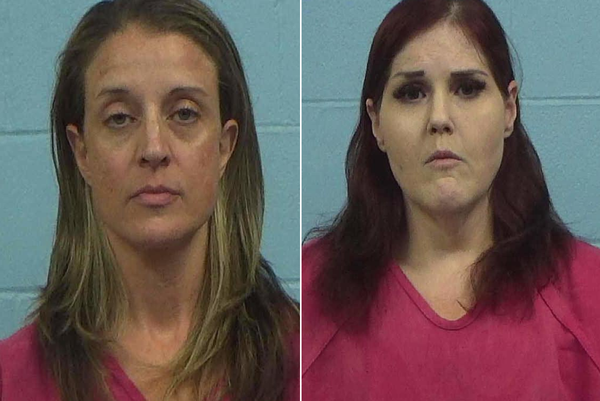
- Tesla is set to begin its public trial of Supercharger queueing this week.
- This will likely help to avoid awkward confrontations and potentially disagreements when plugging in at the charger.
- The automaker ran its last shred of internal "pressure testing" last week to figure out how to deal with bad actors.
Remember that viral video you saw earlier this year where two dudes got into it over who was next at a Supercharger? Apparently, fights at Superchargers aren't all that uncommon. And with more and more automakers receiving access to Telsa's charging network, it means non-Teslas hogging up multiple stalls thanks to Tesla's short cable lengths and a lack of charge port placement standardization.
Tesla certainly knows there's a need because it replied to a video of one of these small scuffles on CEO Elon Musk's social media platform to announce that a virtual Supercharger queue pilot would launch by the end of Q2. And now here we are on the very last day of Q2 and, surprise, Tesla says that it will start this week.
Tesla's director of charging, Max De Zegher, confirmed on X that the rollout of the pilot will begin this week at select charging sites. The Supercharging team used last week as a last-minute "pressure test" on the system with internal groups before opening up the pilot to the public.
De Zegher says that last week's test was all about figuring out how to handle "corner cases and bad actors." This is essentially Tesla's way to iron out all of its wrinkles before making the program live to actual EV drivers. We presume that means figuring out how to deal with line cutters, spot hogs, and the occasional EV owner who racks up idle fees.
For a Tesla, this seems easy. Use the proprietary in-car software to inform the user when it's their time to plug in. Kind of like a virtual "take a number" system to avoid throwing hands at Supercharger Stall No. 4.
It's probably fair to anticipate that Tesla's engineers are even considering taking into account Tesla being the mothership for all of its cars' data, meaning that it can easily tap into key metrics like navigation and traffic data to easily predict how to prioritize Supercharger access to a Tesla-branded car routing to a charger at any given time.
Now, there's no guaranteeing that's how Tesla will actually prioritize queuing, but it makes sense. And those non-Tesla owners with access to the Tesla app can presumably be notified when it's their turn to charge. But it's unclear if they would be able to start their place in line before they arrive or not.
Either way, Tesla is being fairly tight-lipped about this right now. More details will likely emerge this week as the virtual queuing begins to roll out at select chargers.
Tesla's goal here is obviously to make this system as idiot-proof as possible. After all, it's not like Tesla can display a message on a Supercharger—it has no screen. That makes solving problems like a driver showing up late or another vehicle taking their plug ahead of the charging session a little more, well, complicated.
The good news is that if Tesla gets this right, it's a win-win for the entire EV industry. Heck, you've probably seen (or experienced) the holiday congestion at a DC Fast Charger, so a way to make sure that some sanity and order is restored to those waiting at busy Superchargers will undoubtedly be welcomed.







